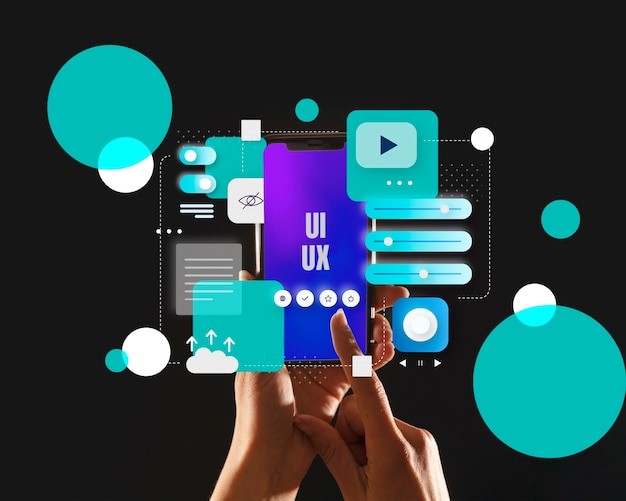As technology continues to advance at a rapid pace, the future of UX design in software development looks promising. Several trends and developments are shaping the landscape of UX design.
Personalization
Personalized user experiences are becoming increasingly prevalent. Software that adapts to individual preferences and behaviors creates a deeper connection with users. Machine learning and AI algorithms are driving this trend by analyzing user data to offer tailored experiences.
Voice User Interface
The rise of voice-activated virtual assistants and smart devices has given birth to voice user interfaces (VUI). UX designers are now challenged to create intuitive voice interactions, ensuring that users can navigate and control software seamlessly through speech.
Virtual and Augmented Reality
The integration of virtual reality (VR) and augmented reality (AR) into software applications opens up new frontiers for UX design. Creating immersive and intuitive experiences in these environments requires a unique skill set and an understanding of spatial design.
Ethical Design
Ethical considerations are gaining importance in UX design. Designers are increasingly mindful of the social and ethical implications of their work. Ensuring that software respects user privacy and values ethical principles is a growing concern.
The Collaborative Nature of UX Design

UX design is a collaborative effort that involves various stakeholders throughout the software development process. Designers, developers, product managers, and even end-users all play a role in shaping the user experience.
Design Thinking
Design thinking methodologies encourage a holistic approach to UX design. This involves empathizing with users, defining problems, ideating solutions, and testing and iterating designs to ensure they meet user needs effectively.
Continuous Feedback
User feedback is invaluable in refining the user experience. Software development teams often rely on user testing and feedback to make improvements and adjustments, ensuring that the software aligns with user expectations.
The ROI of UX Design

While investing in UX design may require resources and time, it can yield significant returns on investment (ROI). Businesses that prioritize user experience often enjoy several benefits:
Increased Customer Loyalty
Users who have positive experiences with software are more likely to become loyal customers. They are also more inclined to recommend the software to others, contributing to organic growth.
Reduced Support and Maintenance Costs
Well-designed software experiences are less prone to user errors and confusion, leading to a decrease in customer support inquiries and maintenance efforts.
Competitive Edge
In today’s competitive market, offering a superior user experience can set a company apart from its competitors. It can become a key differentiator that attracts and retains customers.
In the digital age, where software is ubiquitous, the importance of User Experience (UX) design cannot be overstated. It is a dynamic and evolving field that not only enhances the usability and accessibility of software but also contributes to customer satisfaction and business success. Embracing the principles of UX design and staying abreast of emerging trends will be key to staying competitive in the software development landscape.
FAQs
What is the future of UX design in software development?
The future of UX design includes personalization, voice user interfaces, virtual and augmented reality, and an increased focus on ethical design.
How can businesses benefit from investing in UX design?
Businesses can benefit from increased customer loyalty, reduced support and maintenance costs, and a competitive edge by prioritizing UX design.
Is UX design a collaborative effort?
Yes, UX design involves collaboration between designers, developers, product managers, and end-users to shape the user experience.
What is design thinking in UX design?
Design thinking is a methodology that involves empathizing with users, defining problems, ideating solutions, and testing and iterating designs to meet user needs effectively.

